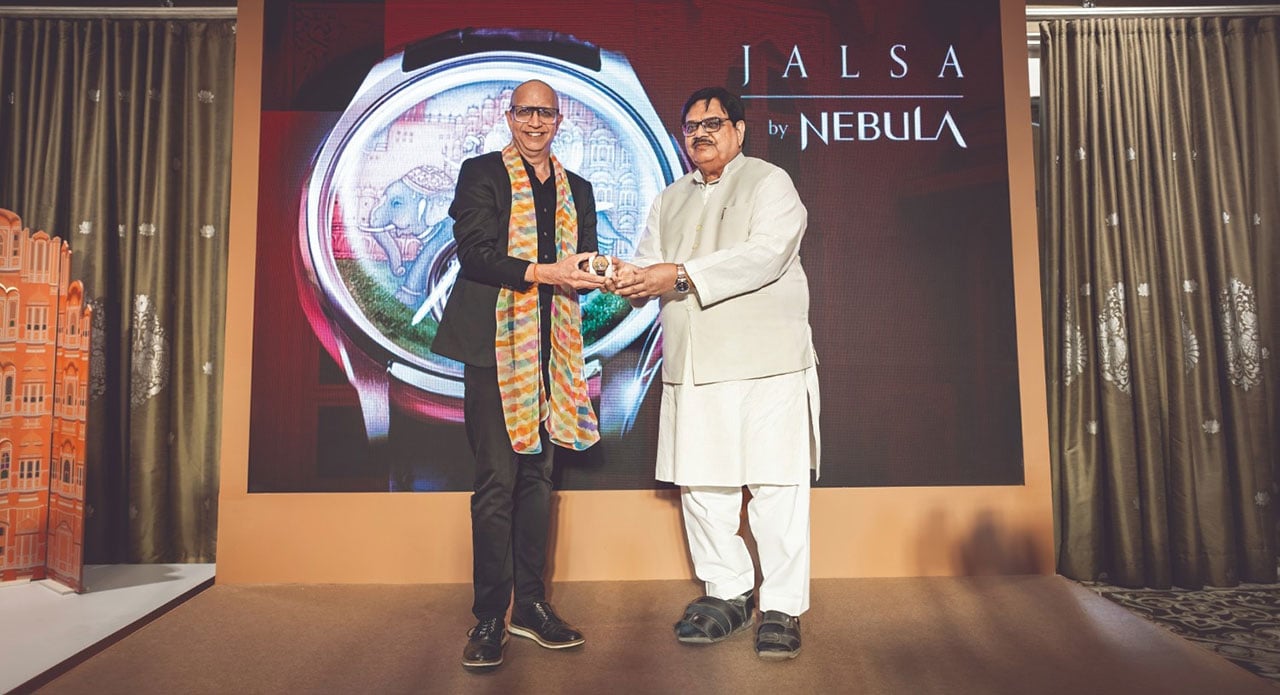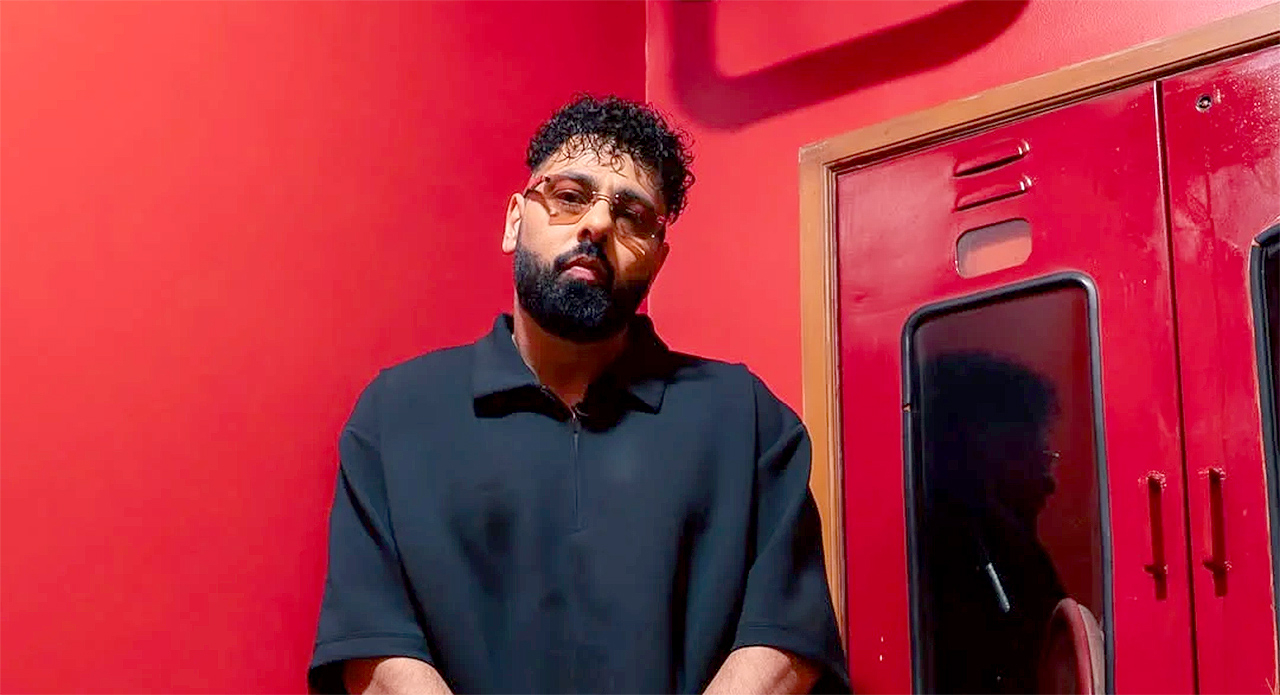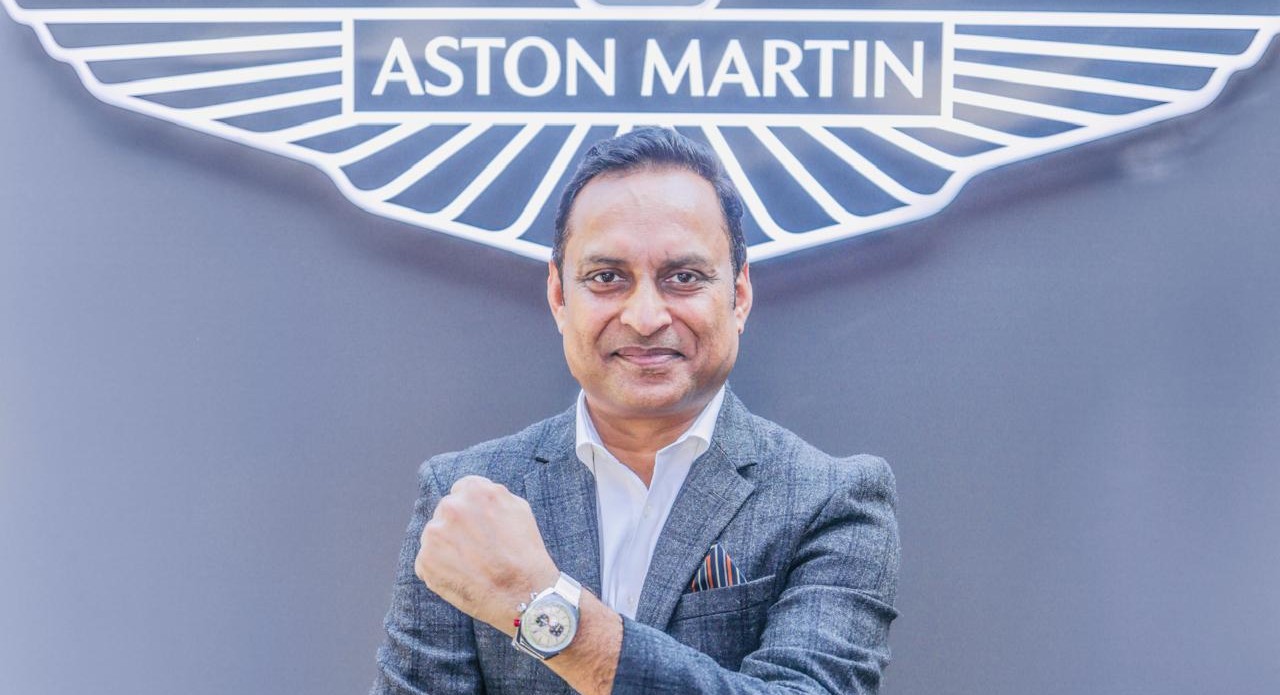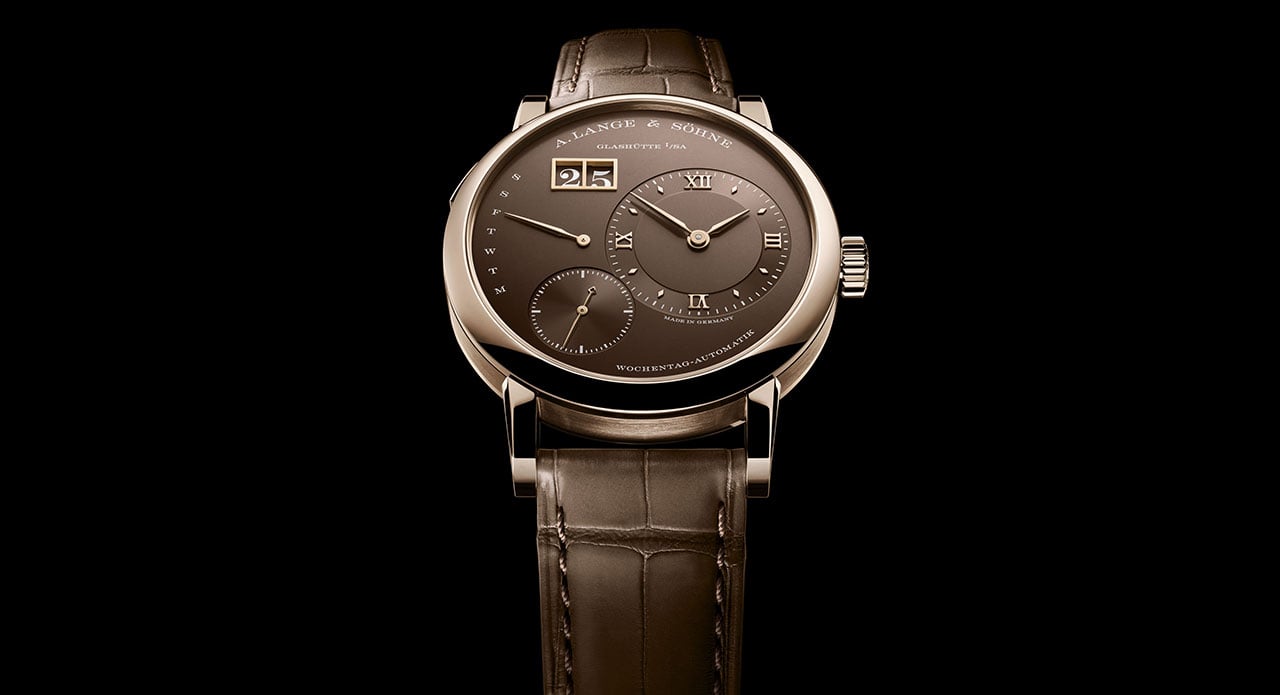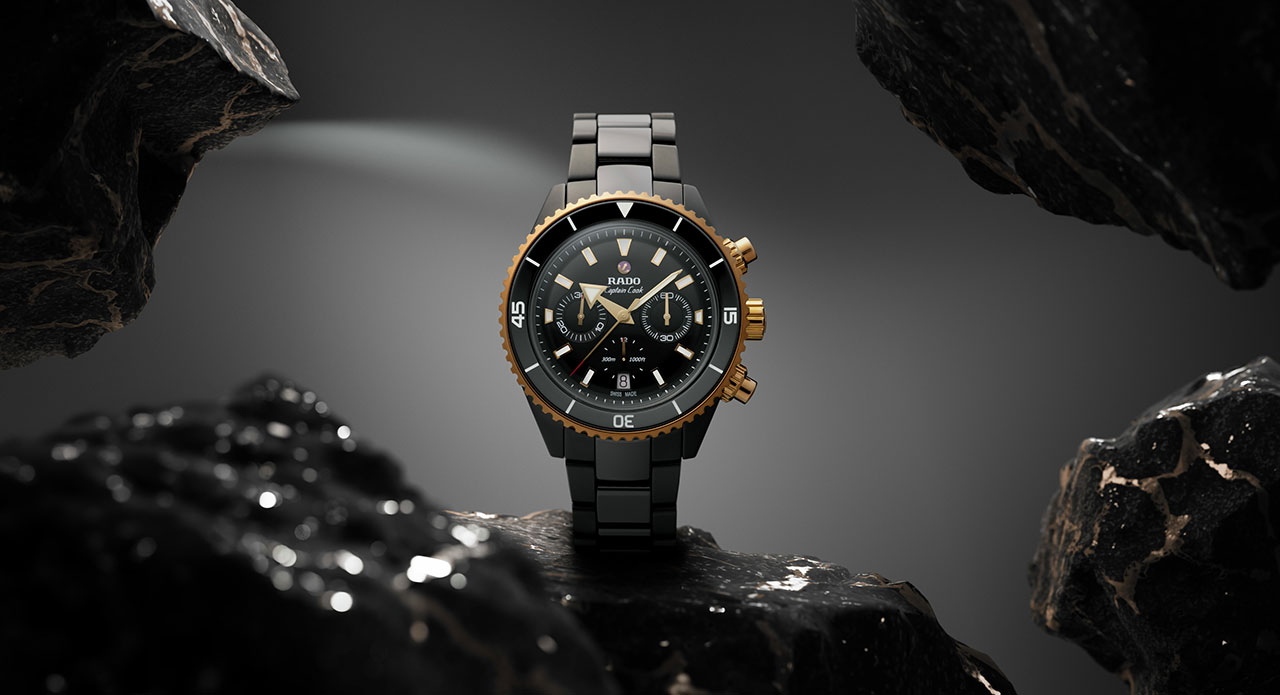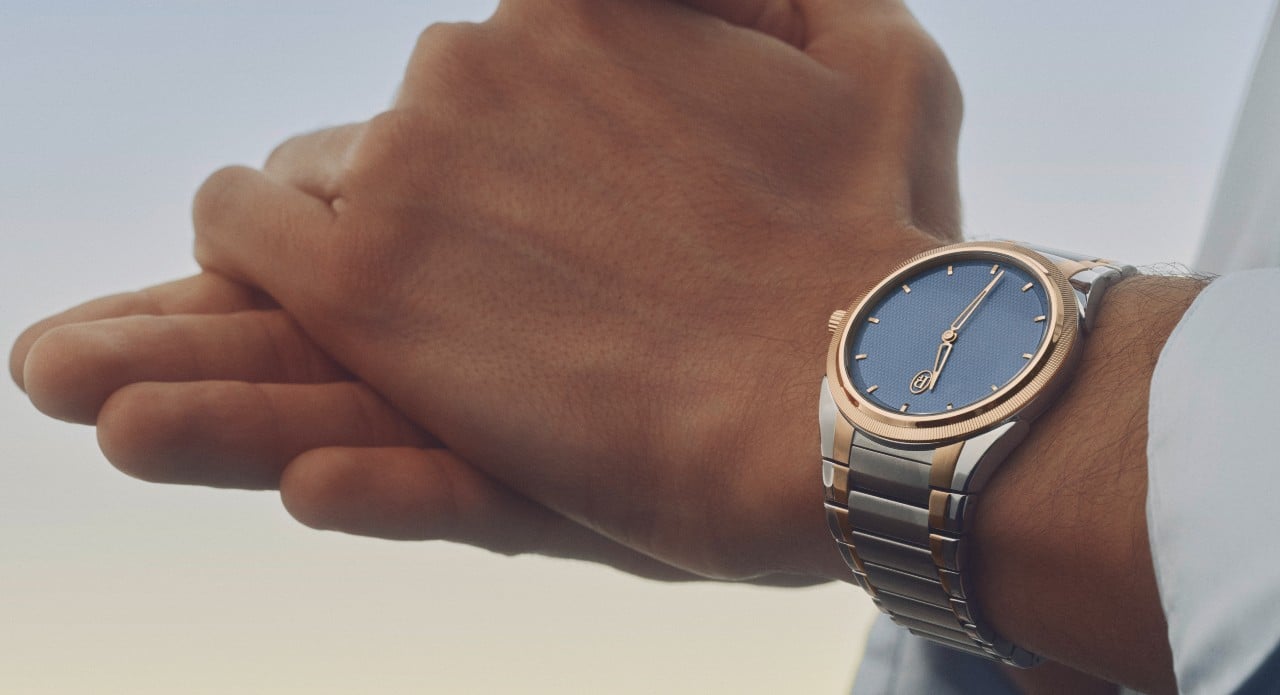Established in 1984, Titan, the homegrown watchmaking conglomerate needs no introduction. Over the years, the brand has consolidated its position as a household name, being a part of key milestone moments that have redefined timekeeping for several Indians. And this year, as the company celebrates four decades of watchmaking brilliance, Titan upped the ante by introducing Nebula by Jalsa—an 18-karat gold marvel—announcing the brand’s foray into the ultra-luxury haute horlogerie segment. Unveiled at a glittering ceremony held at the Rambagh Palace in Jaipur earlier this year, the limited-edition timepiece, priced at `40.5 lakh celebrates India’s heritage and craftsmanship as it pays homage to the iconic Hawa Mahal. It features a hand-painted marble dial, an in-house flying tourbillon, and inserts of red agate stone — making it one of Titan’s most ambitious projects till date. Outlook Luxe caught up with CK Venkataraman, MD, Titan Company Limited as he shared key insights on the growth trajectory and vision that have powered Titan’s premiumisation journey.
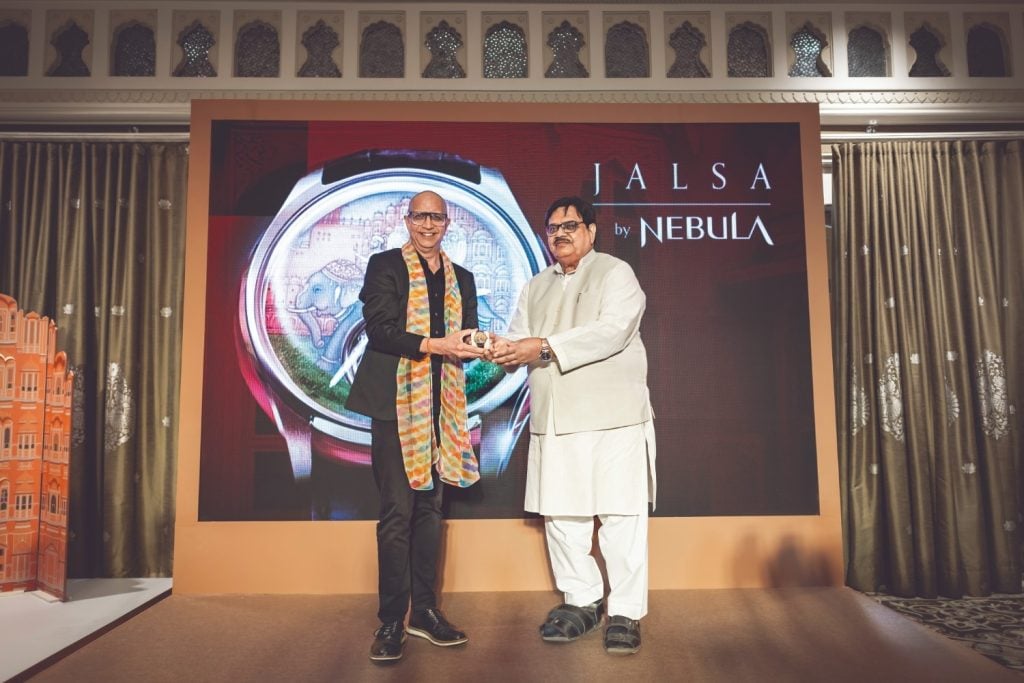
Titan is celebrating its 40th year. How has the brand evolved?
The journey of premiumisation has been underway for some years, and we are very excited about where it is heading. It began with our renewed belief in the analogue watch category, aimed at customers who seek the finer things in life and are willing to invest in them. We brought together product innovation, design excellence, engineering and manufacturing to create exceptional timepieces offered at surprisingly competitive prices. Marketing, too, has played a vital role in presenting Titan as modern and aspirational. This approach has helped us strengthen our position in competitive spaces where we are pitted against leading international brands. Importantly, we understand that watches today are not just about one piece per person. Many customers want multiple watches to reflect their mood, occasion, or attire. This makes the opportunity as large as the premium segment itself. Another strength is Titan’s retail network. Our stores go beyond transactions; our staff often know customers personally, including their milestones and preferences. Combining this human connect with our data gives us an advantage that others cannot easily replicate.
Titan has always had high-end watches. Yet, it lacked relevance with younger buyers. What changed?
It was partly a matter of perception. Over the years, millions of Titan watches have been sold, so the brand is everywhere. But for today’s youth, Titan did not always feel aspirational or “cool”. Earlier, we had products at the very top end but there was a significant gap in between. In the last seven or eight years, we have addressed this by creating innovation across every price band from ₹10,000 to ₹2 lakh. T he timing has also been right as the premium opportunity in India has grown rapidly. People today are not shying away from spending. In that context, our watches that last at least a decade are seen as excellent value for money by our patrons.
Is Jalsa a one-off timepiece or will there be more such watches in the future?
The Jalsa watch represents years of work, as it has raised our standards across design, engineering, and manufacturing. Creating a tourbillon movement itself places us among the leaders of horology. T he expertise gained by working with precious materials along with precision f inishes have enabled us to compete more strongly in the premium space. While we are increasingly playing well between `1 lakh and `2 lakh, this now opens the door to watches up to `5 lakh in steel, platinum, and ceramic.
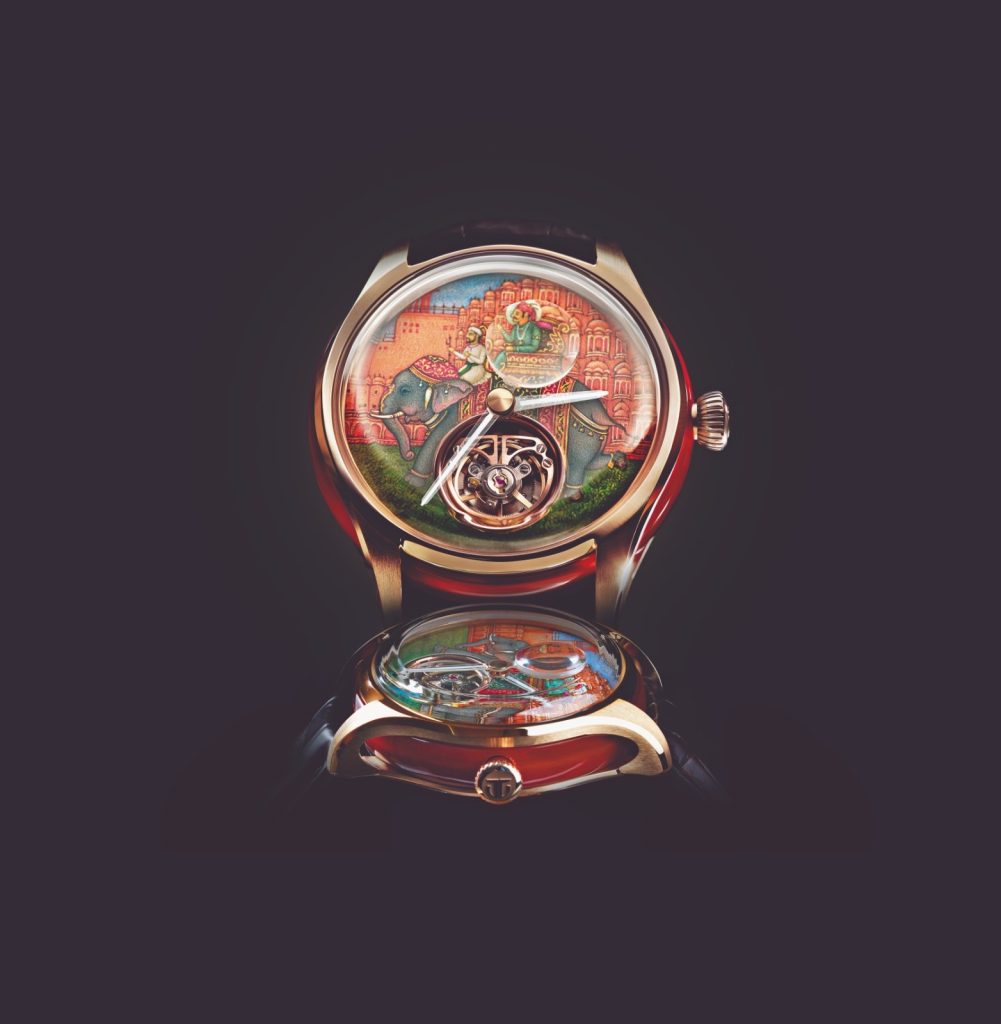
Do you see more Indian brands following Titan’s lead?
Certainly. In any category, reputation builds over decades. Single malts are synonymous with Scotland, yet today Japanese and Indian single malts are gaining global acclaim. The same shift can happen in watches. It comes down to self-belief. At Titan, from the very beginning, our founders believed we could create world-class products. If Indian companies raise their standards and aim global, there is no reason we cannot be world leaders.
Which product lines are driving growth in the premium segment?
Nebula, Edge and Xylys.
What has been the biggest challenge in reaffirming Titan’s premium identity?
The biggest challenge was overcoming self-belief. We always had the platform, but taking that leap into premium required us to push ourselves harder on design, engineering and finishing. Once we committed to that, the results followed.
